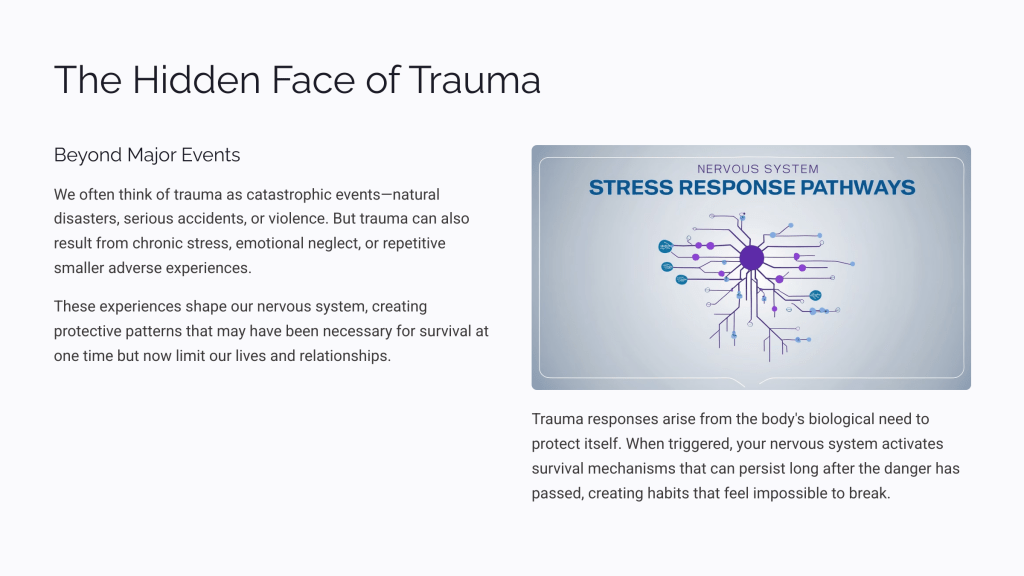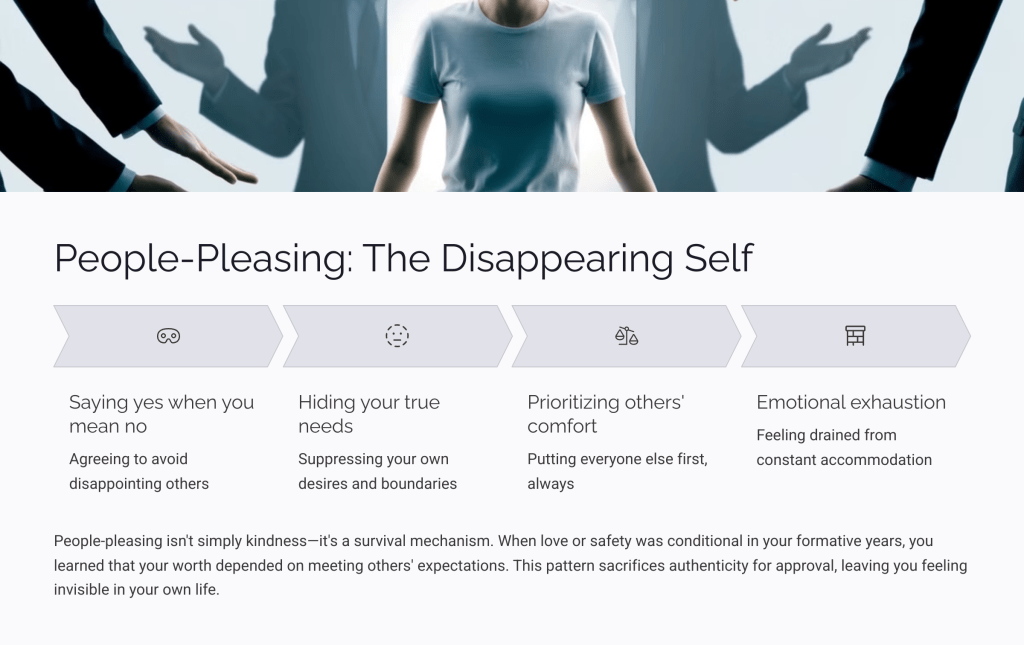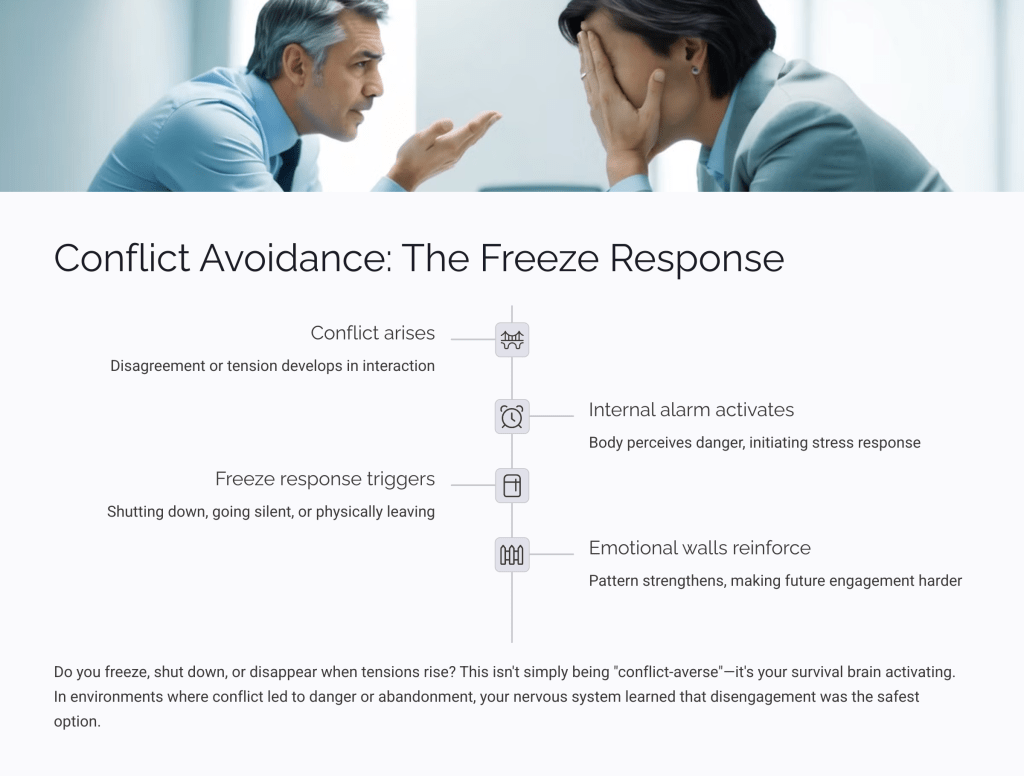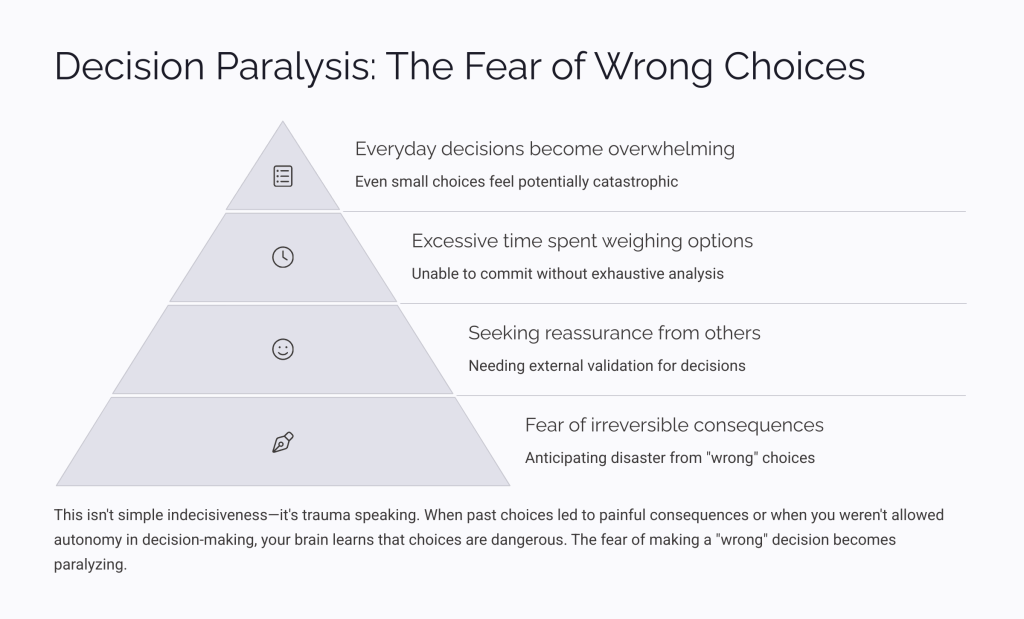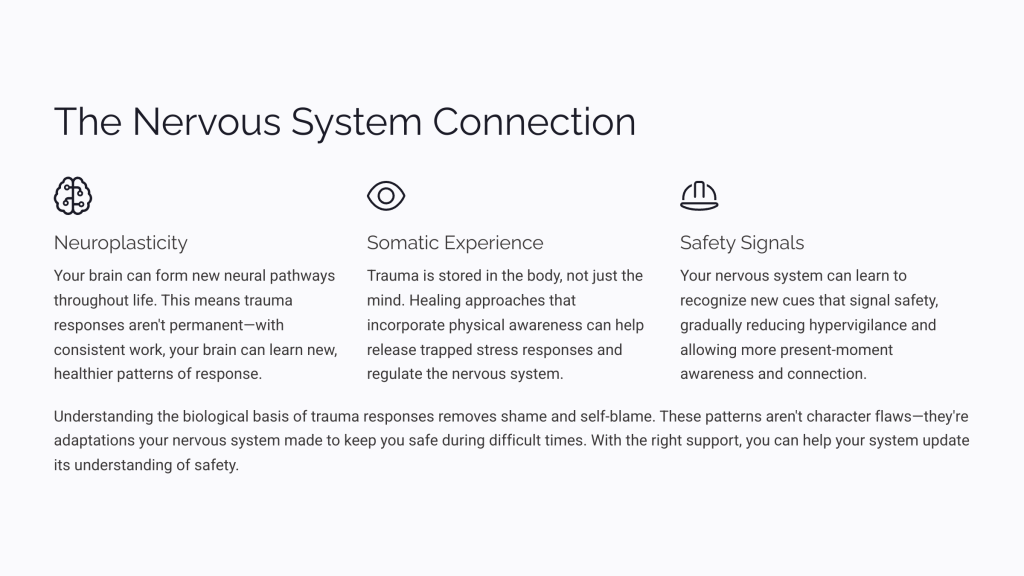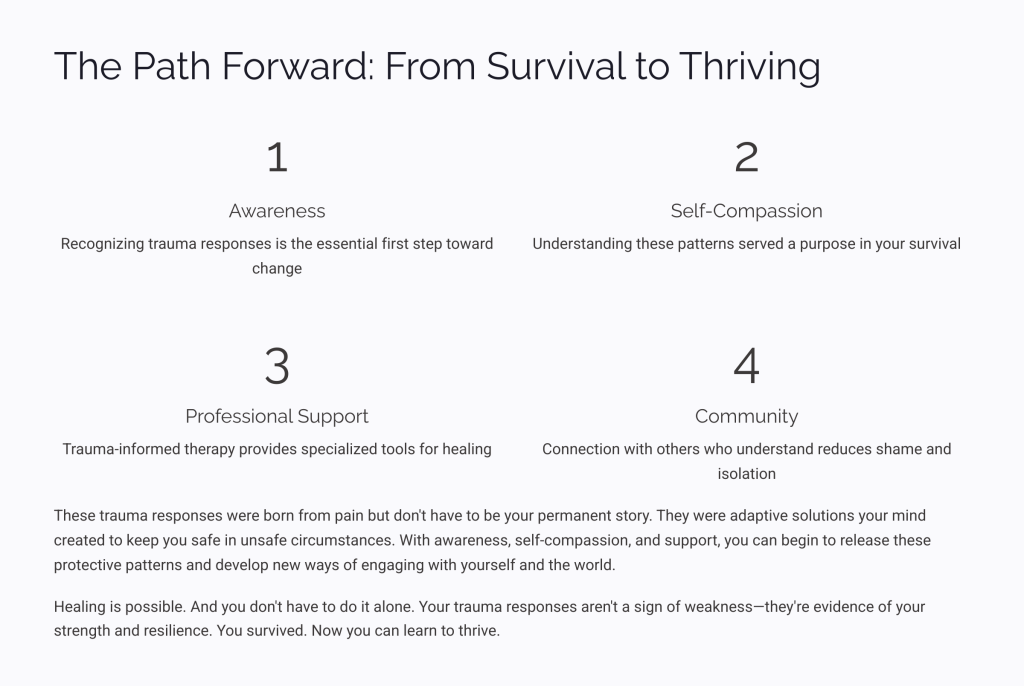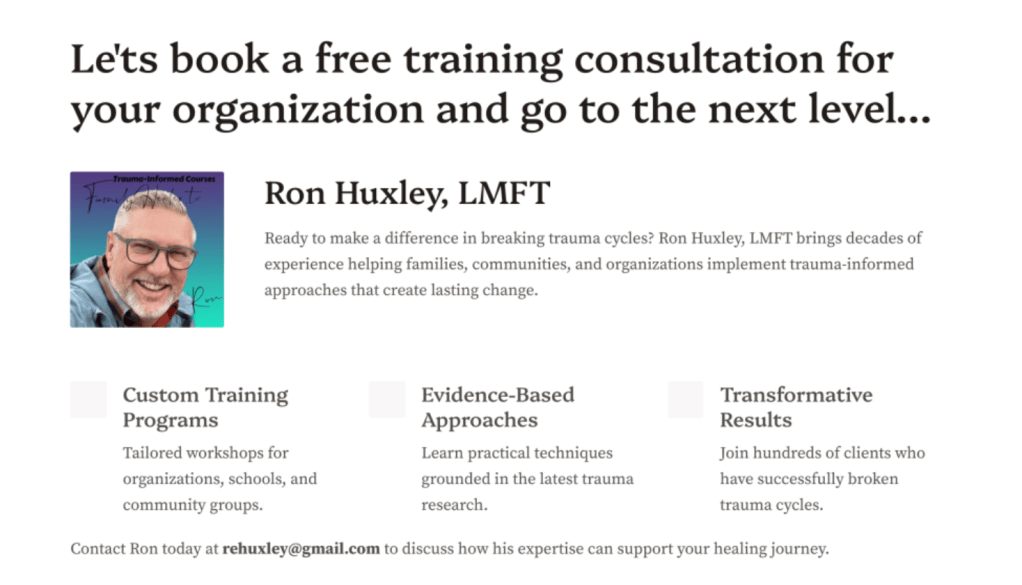The holiday season is often a time for joy, togetherness, and celebration with family. However, for many individuals, it can also be a source of anxiety and stress, especially when sensitive or contentious topics arise during family gatherings. If you dread the potential for uncomfortable conversations during the holidays, here are some tips on navigating these situations with grace and mindfulness.
- Choose the Right Time
Before the holiday gathering, find a peaceful and opportune moment to have a heart-to-heart conversation with your family. Approach the discussion with an open heart and a willingness to listen.
- Express Your Feelings
Clearly communicate the specific cultural topics or conversations that make you uncomfortable or offended. Share your personal experiences and emotions related to these topics to help your family members understand your perspective.
- Request Understanding and Support
Ask for your family’s understanding and support in avoiding these sensitive topics during the holiday visit. Emphasize the importance of spending quality time together without tension or discomfort.
- Offer Alternative Conversations
Suggest alternative conversation topics that are enjoyable and inclusive for everyone. Redirect the focus towards positive and neutral subjects that can foster a harmonious atmosphere.
- Set Boundaries
If necessary, communicate your boundaries and let your family know that you may need to temporarily excuse yourself from the conversation if sensitive topics arise during your visit.
- Approach with Mindfulness
Approach the conversation with an open mind and a spirit of empathy. Listen to your family members’ perspectives and seek a middle ground that respects everyone’s feelings.
Remember, the key to navigating sensitive conversations during the holidays lies in effective communication, understanding, and mindfulness. While it may take time for your family members to adjust, be patient and open to ongoing dialogue. By approaching these situations gracefully and with compassion, you can create a more harmonious and enjoyable holiday experience for everyone involved.
Example Dialogue Between Family Members
Setting: A quiet evening at home a few days before the Christmas gathering.
Daughter: Mom, I wanted to talk to you about something important before our Christmas gathering.
Mom: Of course, dear. What’s on your mind?
Daughter: I’ve felt a bit uncomfortable during family gatherings when certain cultural topics come up. I want to share with you that these conversations have been difficult for me, and I’d like to find a way to navigate them peacefully.
Mom: I see. I’m sorry to hear that, sweetheart. Can you tell me more about which topics specifically make you uncomfortable?
Daughter: It mainly discusses [specific topics], often leading to tension and discomfort. They’ve made me feel a bit isolated during our family time.
Mom: I understand. I never realized these topics were causing you distress. I’m grateful that you’re sharing this with me. How can I support you during our Christmas gathering?
Daughter: I’d appreciate it if we could collectively avoid these topics during the holidays. I value our time together and believe it will help create a more harmonious atmosphere.
Mom: I understand and do my best to ensure everyone respects that. I want you to feel comfortable and connected during our time together.
Daughter: Thank you, Mom. I also thought we could introduce some alternative conversation topics that are enjoyable for everyone. This way, we can foster a more inclusive and positive environment.
Mom: That’s a great idea. We can find some wonderful topics that bring us all together. I appreciate you approaching this with such thoughtfulness.
Daughter: I’m glad we could have this conversation, Mom. It will help us all have a more peaceful and enjoyable holiday together.
Mom: Me too, dear. I’m grateful for your honesty and look forward to our time together.
Meditation for Navigating Sensitive Conversations
Take a moment to find a quiet, comfortable space to sit or lie down without distractions. Close your eyes and take a few deep breaths, allowing your body to relax with each exhale.
Breath Awareness: Focus your attention on the sensation of your breath as it enters and leaves your body. Notice the rhythm of your breathing without trying to change it.
Grounding: Visualize roots extending from your body into the earth, grounding you and providing stability and calm. Feel the supportive energy of the earth beneath you.
Emotional Awareness: Acknowledge any emotions that arise when you think about sensitive conversations. Allow yourself to feel them without judgment, knowing that it’s okay to experience these emotions.
Compassionate Reflection: Reflect on the fact that others may also experience similar emotions during these conversations. Cultivate a sense of compassion for yourself and for those involved, recognizing the shared human experience.
Setting Intentions: Set an intention to approach these conversations with understanding, empathy, and mindfulness. Affirm that you are capable of navigating them with grace and composure.
Affirmations: Repeat affirmations that resonate with you, such as “I am calm and centered,” “I listen with an open heart,” and “I communicate with compassion.”
Gratitude: Take a moment to express gratitude for the opportunity to grow through these challenging conversations, knowing they can ultimately lead to deeper understanding and stronger connections.
Return to the Present: Gently bring your awareness to the present moment. Wiggle your fingers and toes, and when you feel ready, open your eyes.
As you go about your day, carry a sense of calm and compassion, knowing you have the strength to navigate sensitive conversations with grace and mindfulness.
Wishing you a peaceful and joyous holiday season filled with love and understanding.

